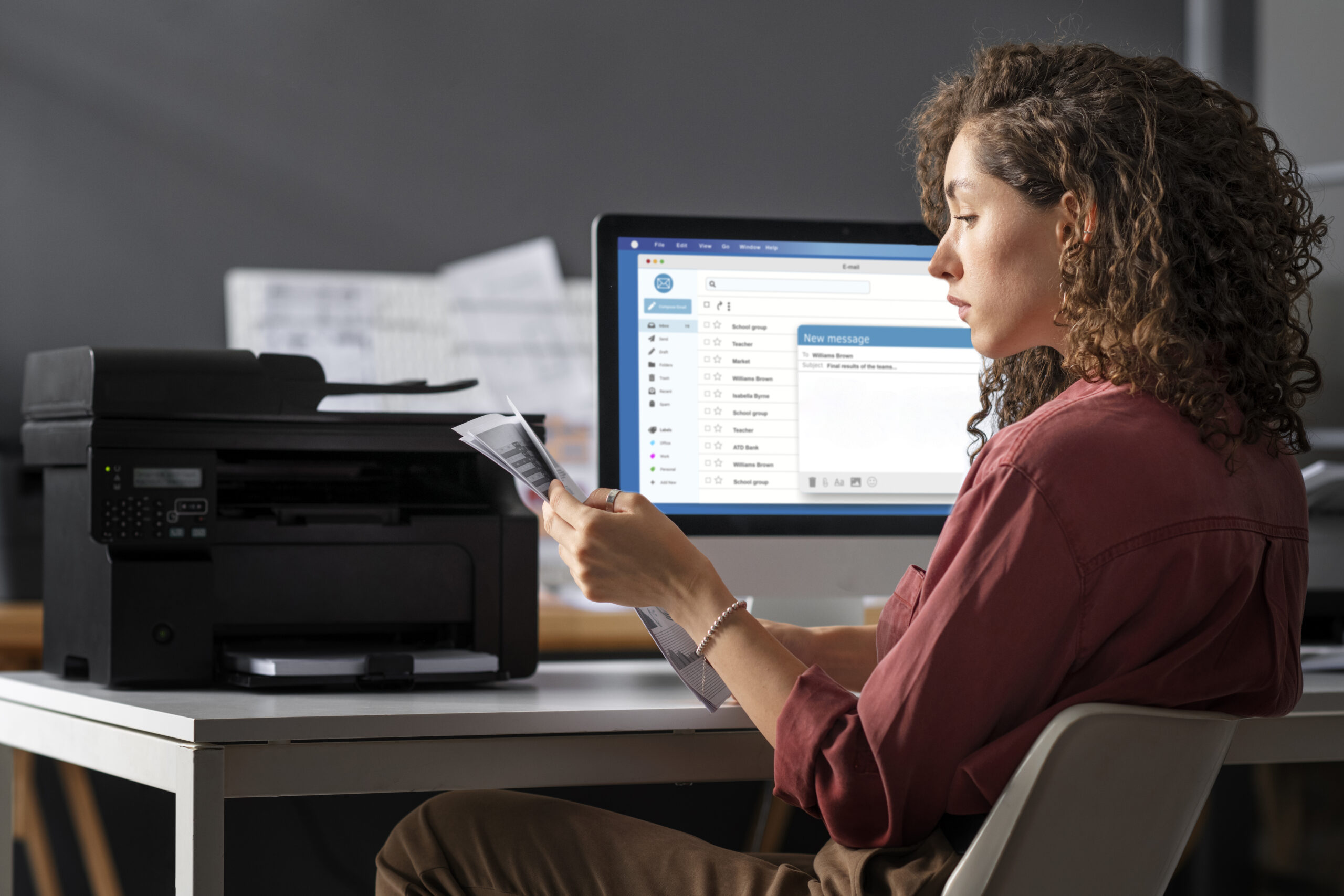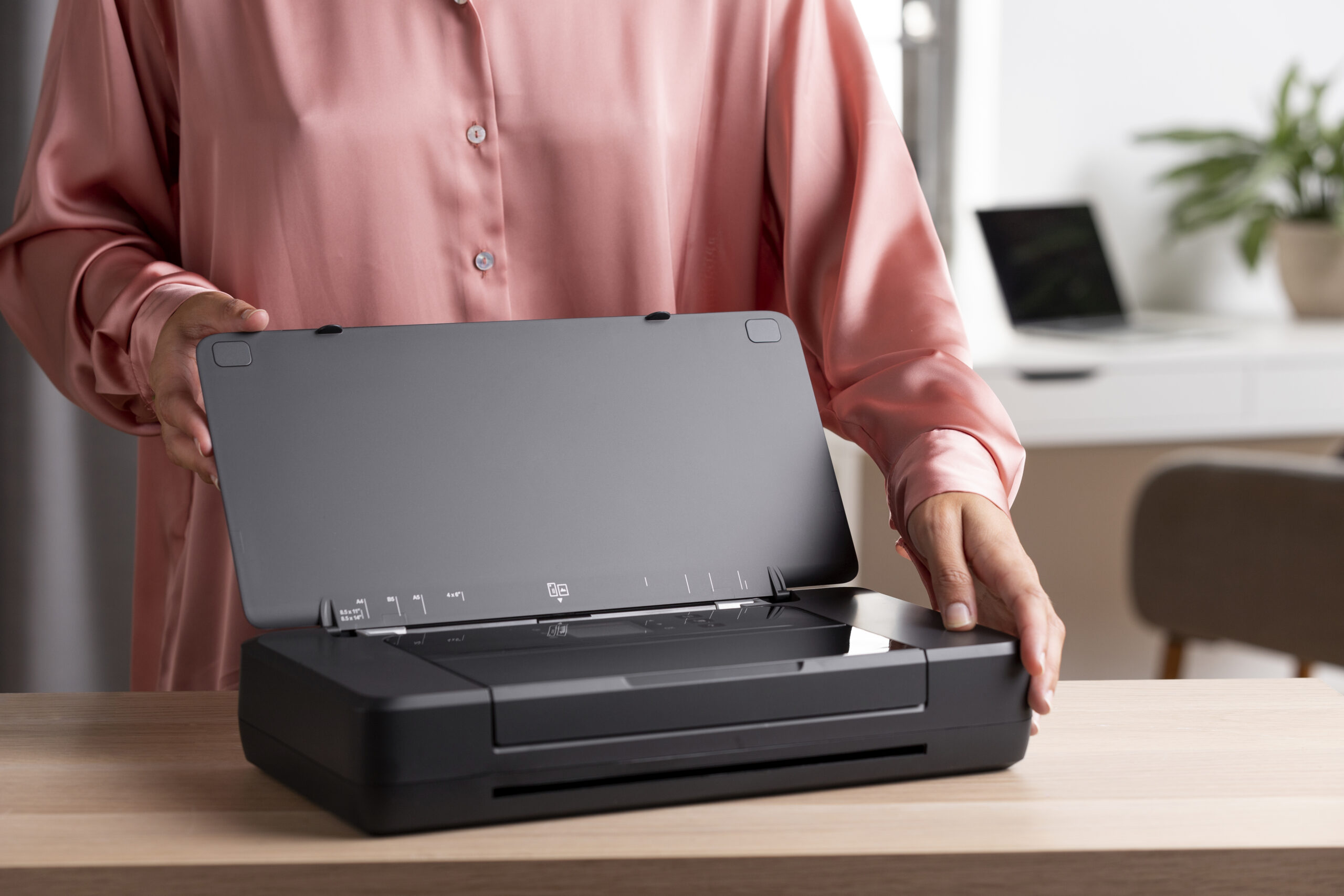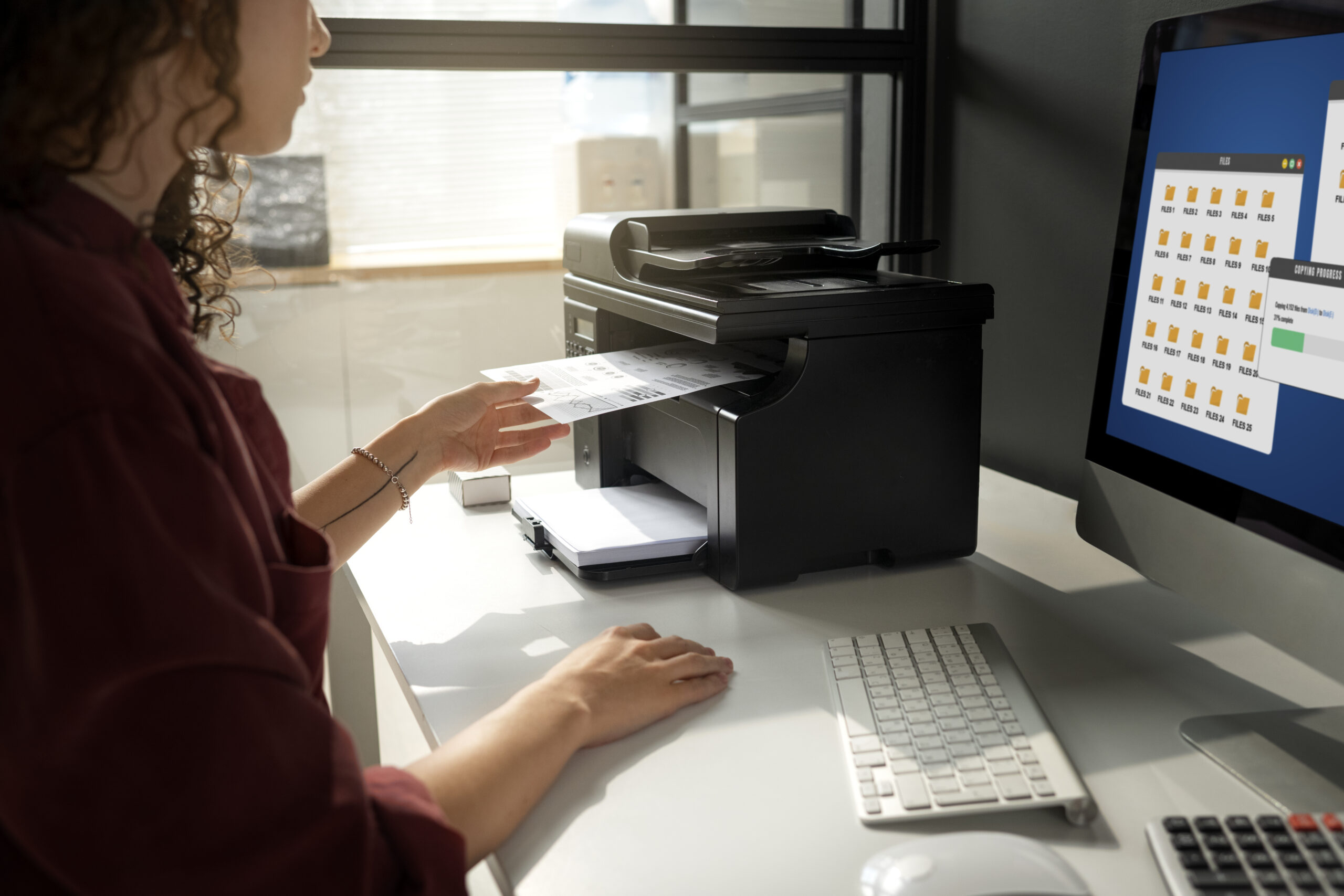Duplex Printing Guide: How Two-Sided Printing Saves Paper and Money

Two-sided printing (duplex) is the simplest way to reduce paper immediately without compromising the look of your documents. This brand-neutral guide explains exactly how duplex works, when to prefer long-edge or short-edge flipping, the paper grades that keep pages flat, and the driver presets that prevent smudge or show-through. You’ll set practical defaults that make savings automatic for homes and small offices—no hacks, no brand tie-ins, just repeatable habits.
What duplex printing is—and why it matters
Duplex places content on both sides of a sheet. Many devices flip the sheet internally (automatic duplex); others show on-screen steps to reinsert the printed stack for the second pass (manual duplex). The pay-off is immediate: fewer sheets to buy, store, staple, and carry.
*Estimate varies by volume, stock price, and coverage.
Benefits and best use cases
Cost & environment
- Halves sheets for reports, notes, and reading packs.
- Lower postage weights and smaller filing stacks.
- Less shredding and storage later.
Reader experience
- Bound reports feel like a book; smoother scanning.
- Handouts are compact and easier to carry.
- Study notes stay organised without extra pages.
How duplex works (automatic vs manual)
Automatic duplex units print the front, pull the sheet back, flip, and print the reverse. Manual duplex asks you to reinsert the stack after the first side. Follow the on-screen diagram carefully; it shows which edge must face the feed.
Automatic duplex
- Convenient for frequent two-sided work.
- Aligned backs with fewer handling errors.
- Supports long-edge and short-edge flip.
Manual duplex
- Available on many entry devices.
- Print first side → reinsert per diagram → print back.
- Ideal for occasional two-sided jobs.
Enable two-sided pages in Windows
- From the app: Press Ctrl+P → choose device → Preferences/Printer Properties → find Two-Sided/Print on Both Sides/Duplex → choose Long-Edge (book) or Short-Edge (flip) → print.
- From Settings: Settings → Bluetooth & devices → Printers & scanners → select device → Printing preferences → enable Two-Sided and pick the binding edge as default.
Enable two-sided pages in macOS
- File → Print (⌘+P) in your app.
- Select device → expand Details/Show More.
- Set Two-Sided to Long-Edge or Short-Edge.
- Save as a Preset (“Two-Sided – Long Edge”) for one-click reuse.

Choose the right binding edge (orientation matters)
| Binding | Use when | Feels like |
|---|---|---|
| Long-Edge | Portrait documents | Flips like a book |
| Short-Edge | Landscape charts/calendars | Flips like a reporter pad |
Paper & media presets that keep pages flat and clean
Media presets tell the device how much heat/pressure (laser) or ink and speed (inkjet) to use. The right choice prevents curl, slip marks, and smudge on the back pass.
Recommended grades
- 80–100 gsm office stock for most two-sided text.
- 90–120 gsm matt for charts and light graphics (better opacity).
- Laser-friendly letterhead with the correct driver preset.
Driver presets to check
- Media Type: Plain/Thick/Heavy/Recycled/Letterhead.
- Quality: Normal for text; High only when it adds visible value.
- Colour: Greyscale for text packs to reduce show-through.

Get clean backs: quality, drying, and smudge control
- Prefer Normal quality for text-heavy duplex jobs.
- Allow brief drying after the first pass on inkjets for heavy coverage.
- Use 90–120 gsm matt for images to reduce show-through.
- Avoid borderless on duplex unless explicitly supported.
- Clean feed rollers if grey bands or slip marks appear.
See the savings: two quick examples
Light home use
200 pages/month single-sided → ~100 sheets with duplex.
- Paper cost ~₹0.60 per sheet (₹300 per 500-sheet ream).
- ~1,200 sheets saved per year → ~₹720 saved on paper alone.
Small office
1,500 pages/month → ~750 sheets with duplex.
- 9,000 sheets saved/year → ≈ ₹5,400 saved on paper.
- Lower postage and storage add hidden gains.
Figures exclude ink/toner and time. Duplex slightly slows output; paper savings usually outweigh the delay.
Reliable workflows that make duplex effortless
- Create a system preset named “Two-Sided – Long Edge”. Use it for every report to avoid re-toggling options.
- Batch to PDF first for multi-file packs; then print that PDF with duplex on to keep order stable.
- Proof the first two pages to confirm orientation and margins before the full job.
- Handouts: Use 2 pages per sheet + duplex to compress long decks quickly.
Related reading: Printing professional documents at home • Lines, streaks & faded prints • Cost-effective printing
Two-sided printing: quick checklist
- Turn on Two-Sided; use Long-Edge for portrait.
- Pick the correct Media Type for your stock weight.
- Prefer 90–120 gsm matt when graphics appear on both sides.
- Save a Preset so you don’t repeat steps next time.
- Proof two pages; then run the whole job.

Guide Axis provides brand-neutral education only. No remote access, repairs, or warranty services.
FAQs
The back page prints upside-down. What do I change?
Switch the binding edge. If you used Long-Edge (book), choose Short-Edge (flip), or vice-versa. Print two test pages before running the full stack.
I can’t see the Two-Sided option in my menu.
Open Preferences/Properties from the Print dialog and look for Two-Sided/Duplex. If absent, install the full driver package; basic class drivers may hide duplex controls.
Is duplex slower than one-sided?
Yes. Expect an extra 3–7 seconds per sheet, depending on coverage and drying. For long jobs, print during a free window.
Which binding edge for landscape spreadsheets?
Use Short-Edge so pages flip like a reporter pad. For portrait reports, use Long-Edge to flip like a book.
Can I use duplex for photo pages?
Possible but not ideal on glossy stock. Prefer matt 90–120 gsm for images on both sides and allow extra drying time. Avoid borderless on duplex unless explicitly supported.
My pages curl or show through after duplex. Fix?
Match Media Type to stock (Thick/Heavy for heavier sheets), store paper sealed and flat, and reduce humidity. For inkjets, pause slightly between sides on heavy coverage.
What’s the fastest way to reuse duplex every time?
Create an OS Preset (e.g., “Two-Sided – Long Edge”). Next time, choose the preset and print in one step.
